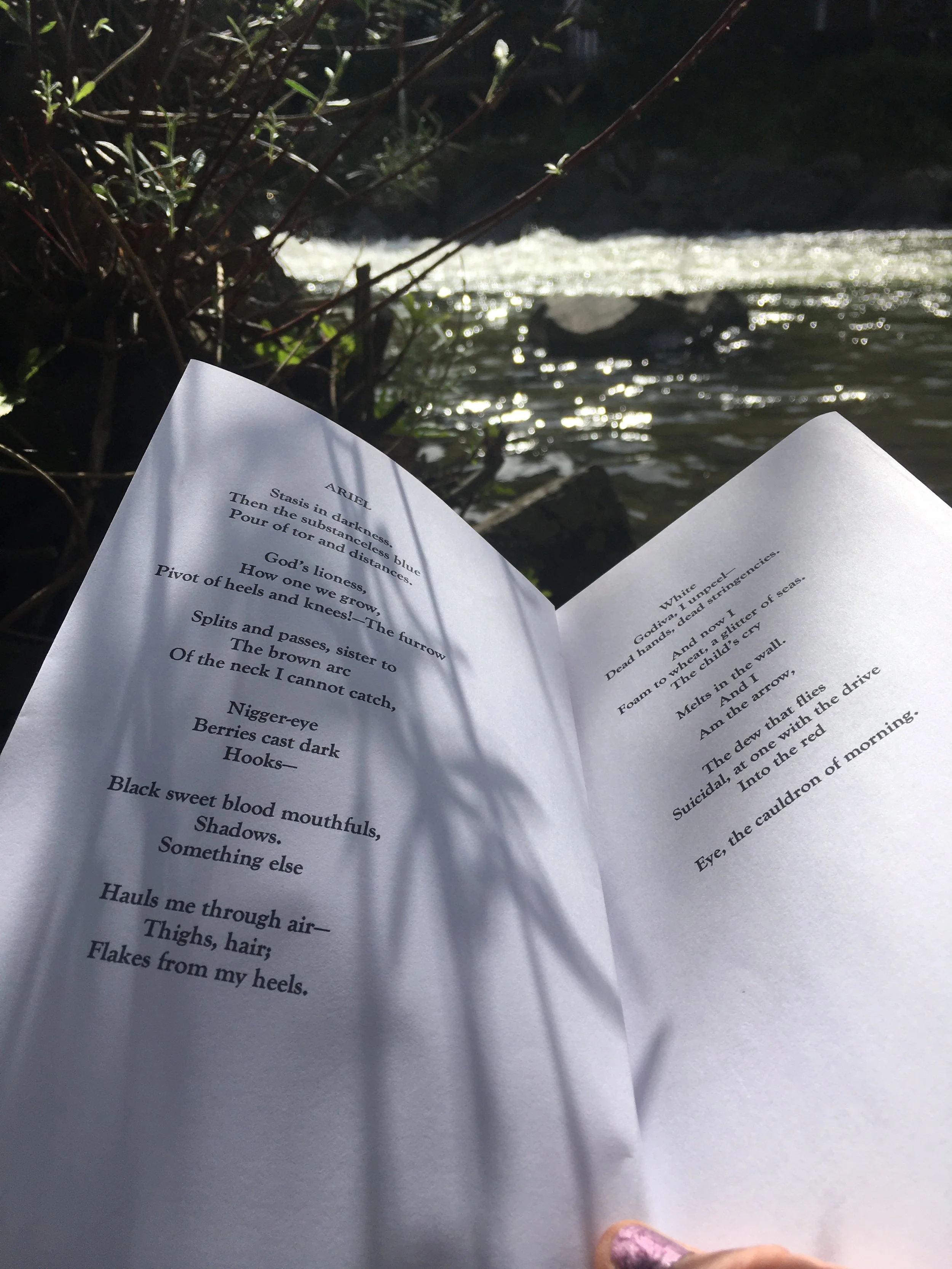So, What's It All About, This 'Wild Words' Thingy?
/It can feel like it’s about…
…freeing the words that have been trapped inside us for decades, and having that conversation
…writing the novel that has the page-turning quality of a Dan Brown
…attaining guru status like Paulo Coelho
…proving our worth to our father
…standing on stage at The Apollo Theatre
…becoming financially secure
…the world recognising the master songwriter we know we’ve always been
…writing the dedication
…choosing the text and art work for the cover
And, of course, that’s all part of it.
But the bigger thing rumbles underneath.
It’s the yearning to express that we carry round with us, like a wild animal howling through the dark wood.
Our heart aches- for what?
To find the words that can express the strength of our inner experience (imagined or remembered, owned or given to a fictional character) in words.
To feel. To find the channel for the upsurge of emotion.
To express it
To contain it
Perfectly.
To be heard.
Doing the washing-up, sending a work email, bathing the kids, we sometimes find ourselves inspired by an idea, stopped in our tracks by an image, catching a glimpse of our wild words. The words that want to be expressed, the story that needs to be told.
Like those moments in the forest, on the trail of the wild animal, when we see an amber eye glinting in dusk light, a flash of a tail through the dew-filled undergrowth, a paw print in virgin snow... Tantalising… Calling us to come closer. Warning us to stay away.
The Process
There are as many different forms of words as there are creatures in the forest, squeaking, roaring, galloping, crawling, grunting wild creatures all, but whatever the form, the process is much the same.
It has two parts: which must be kept distinct if we are to avoid our human-storyteller-animal freezing (commonly know as creative or writer’s block).
Stage 1: The first draft. Written from instinct.
This necessitates trusting that we are all natural storytellers, and knowing that we’re doing something worthwhile (Don’t believe me? Read this.)
Write the draft straight through, from beginning to end, when you’re feeling fresh, and connected to the emotion of the narrator or lead character. (Struggling to connect to the emotions? Here’s a blog that will help.)
Stage 2: The subsequent drafts. Here, welcome in the kindly critic.
Bring in techniques that will help you to express on the lips or the page, what you want to express. Use them consciously, precisely. (Stick with Wild Words for 2017, and you’ll have all the precise techniques you’ll ever need by the end of the year).
After repeated use, the techniques of stage 2 will drop down into the unconscious, and become instinctual. You will find you increasingly use them in the first draft stage.
For those working with oral storytelling and communication:
The process is much the same. Stage 1 is saying what you need to say, without judging yourself. Stage 2 is consciously learning skills that enable you to do stage 1 more skillfully, appropriately and impactfully, the next time around.
Block to Flow
We yearn to express ourselves. However, what keeps our words caged is that we also fear it. We are terrified that if all that energy inside is let loose, it will rampage, destroying ourselves, or another. Think of the tiger in the jungle. He’s such a majestic creature. We crave a sighting, but we are panic-stricken at the idea of looking him in the eye.
At Wild Words we don’t just unbolt the door of the cage. That’s not the way to the best self-expression.
If we do that, more often than not, the words cower in the back of their cage, terrified by their change in circumstances. Then we’re faced with our stuttering self on stage, or days spent staring at the blank page. Or, we spit words that we regret, often at those we love most. There’s that tiger attacking the person who unlocked their cage.
And in people with a history of trauma, sudden release of energy can result in patterns of trauma being re-enforced. There’s that tiger attacking your very soul.
No, there’s an art to bringing the aliveness that lies within, out and into form. Rather than crank up the resistance, we work with respect for the survival strategies (those metaphorical bars) that have kept those words in, often for years, out of concern for our safety.
There are techniques, mind-blowing ones (start here) for tempting those wild words out, for opening up that pure channel of communication between our self, our character or narrator, and the reader or listener.
The Result
Then we find that our words are living, breathing, perspiring creatures, more vivid, engaging and vital than we could ever have imagined possible.
They rise up through our body, dance off our lips, pour onto the page.
They live fully, broadly, and deeply. And so do we.
Then we have, indeed, cleared a path through the woods to becoming the next J. K Rowling, Kate Tempest, or whoever it is who lights our fire.
And you know what we find once we’ve tracked down our wild words?
That the only thing that really matters is the feeling of being a free, roaring creature, more alive than we’ve ever felt before, roaming our vast territory…












Winter Solstice Competition Runner-up: Hannah Ray, with You Were Born in a Pandemic